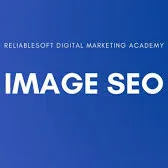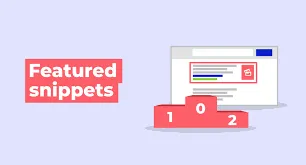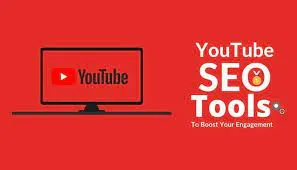Content with relevant images gets 94% more views than content without. According to Google, websites with optimized images are 50% more likely to rank higher. Knowing image SEO best practices is a must if you want to be ahead of your competition.
In today’s digital era where images speak louder than words, understanding how image optimization works is the key to growing your brand. With image SEO, you can maximize your visibility, drive traffic, and boost your website’s performance.
The struggle is real and you are not alone if you have ever felt overwhelmed. This blog post will tell you what image SEO is, the features of image SEO, the 10 best practices for image SEO, and the best tools for image SEO.
What is Image SEO
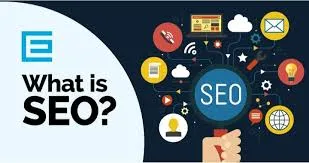
Images make your content more interesting. Studies show that nearly 60% of website owners need help with image optimization for search engines. Your images can rank higher in Google image searches and get more traffic to your website. Image SEO is another way to signal search engines about your page content.
Image SEO is the process of optimizing your images on your website to increase visibility in search engine results. The main goal is to make your images, relevant, more accessible, and appealing to users and search engines.
Features of Image SEO
Alt Text - Adding alt text to images on your website makes it easy for screen readers and search engines to understand what the image is about. For example, if you have a photo of a beach sunset, your alt text could be “Breathtaking beach sunset with vibrant colors”. It is simple but powerful, helping both search engines and users get the picture even though they can’t see it.
Image File Names - Naming your images with relevant keywords will help improve their discoverability on search engines. Instead of using generic names like “IMG_123” or “DSC001,” give your image a name that tells a story. A good file name is very important in SEO.
Image Size - Reducing your image size helps make your website load faster. Page speed is an important factor for ranking well. Large images slow down your websites and take longer time to load. Using tools like TinyPNG can help compress your images without losing quality.
Responsive Images - More than 60% of website visitors are mobile users. Having images that are responsive to different screen sizes gives a great user experience. Responsive images make your website look cool and they adapt to whatever screen size.
Image Sitemap - provides additional information about the images on your site. Having a website XML sitemap leads to faster indexing by search engines. It is a handy tool in SEO, ensuring your images get noticed.
Quality Content - Engaging visuals can increase user satisfaction and average time spent on a page. Your images should relate to your overall content, enhance the message, and not confuse it. Invest in quality images that resonate with your audience and support your content.
Image SEO Best Practices
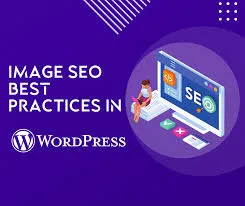
- Always optimize your image filename. Name your images with words or keywords that best describe them.
- Smaller image sizes improve the page loading time which is a factor in search engine rankings. Use image compression tools to reduce the size of your images without losing the image quality.
- Use JPEG for regular photos, PNG for transparent pictures, and WebP for better compression.
- Provide meaningful alt text for each image. The alt text should describe the image, keep it short, and use your main keywords or related keywords.
- Google prioritizes mobile-friendly websites and responsive images contribute to ranking. Ensure that images are responsive on multiple devices.
- Add special tags to your images. This gives additional information about the image such as the subject, location, and other relevant details.
- Create an image XML sitemap and submit it to search engines for indexing and discoverability.
- Use high-quality images for your content. There are a lot of free image platforms to get pictures from. You can try Pixel.
- If you have thumbnails, make them look visually appealing and attractive. Thumbnails are often shown in search results and lead to high CTR.
- Use tools like Google Search Console to monitor the performance of your images and adjust your strategy based on the insights you gather.
5 Best Image SEO Tools for Your Website
- Adobe Photoshop
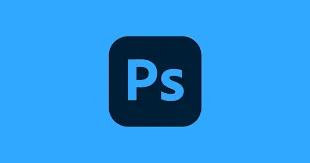
Adobe Photoshop is a powerful tool for image editing and design. Even though it is not a dedicated SEO tool, it helps in creating visually appealing image content and quality. Here’s how to use Adobe Photoshop for image SEO:
- It allows you to reduce your image to fit the dimensions required for your website.
- You can use the “Save for Web” option to compress your images without reducing the quality. This leads to faster loading times on web pages.
- Crop images to focus on the main subject and remove unnecessary background.
- Choose the appropriate file format for your images. Photoshop allows you to save images in different formats.
- Photoshop can add metadata and details to your images such as title and description which is relevant for SEO.
- You can design attention-grabbing thumbnails for your images or videos.
- Add text overlays to your images with Photoshop. This can include titles, captions, or any other text that gives context to your image.
2. Canva

Canva is a user-friendly graphic design website that creates visually appealing images and graphics. The images you create with Canva can positively impact user engagement and contribute to your SEO growth.
- Canva has a wide range of templates and designs to help you create eye-catching images.
- You can also use Canva to create thumbnails for your videos and images.
- Design social media graphics with Canva for your posts. Social media shares have an impact on SEO.
- Canva allows many team members to work on the same project.
- With Canva, you can create a consistent visual identity for your brand. This contributes to a more cohesive and recognizable brand presence.
3. TinyPNG
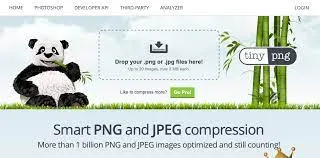
An online image optimization tool that reduces large image size without compromising the quality. It is a simple and user-friendly tool for both experienced users and people with no experience. TinyPNG doesn’t require any installation and is excellent for compressing PNG and JPEG images.
- Visit the TinyPNG website. Drag and drop your images directly on the website.
- You can also click on the area to select and upload images from your computer.
- TinyPNG automatically starts compressing your images through advanced compression techniques.
- After compression, there is a download link for the optimized image. Click on the “Download ALL” button to save the images.
- TinyPNG shows you the percentage of compression achieved for each image. This information helps you understand the impact of optimization.
- Replace the original images on your websites with the compressed ones.
4. Google’s PageSpeed Insights
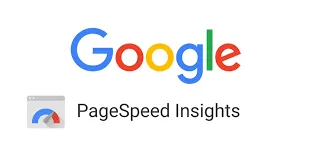
It is a tool that shows the performance of your web pages and provides suggestions to improve it. PageSpeed Insights focuses on overall page performance and gives a comprehensive approach to improving your website’s speed and SEO when used with TinyPNG or Adobe Photoshop.
- Go to Google’s PageSpeed Insights, enter your website URL, and click on the “Analyze” button.
- You will see a score for your web page’s performance on both mobile and desktop devices. It also offers suggestions for improvements.
- Google recommends optimizing images and leveraging browser caching. Scroll down to the “Opportunities” section to see recommendations related to images.
- Use the “Diagnostics” section for more information about your page speed problems.
- Get access to a more detailed report called Lighthouse. This includes audits for performance, accessibility, SEO, and more.
5. Google’s Lighthouse
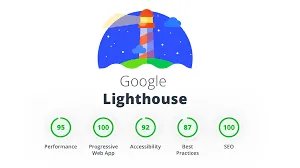
It is an open-source, automated tool for improving the quality of web pages. Google’s Lighthouse is a valuable insight tool for website performance and SEO. Here’s how you can use it to optimize your images:
- You can access it through Google Chrome Developer Tools. Right-click on your web page and select inspect.
- Go to the “Audits” tab and click on “Generate report”
- In the Audits tab, click on the “Generate Report” button to run a Lighthouse audit for your web page.
- Choose the categories you want to include in the audit. For image SEO, select “Performance” and “SEO.”
- Lighthouse gives a report that shows scores and detailed information for each category.
- It also offers insights and best practices for search engine optimization.
- Google has a Lighthouse Chrome extension that allows you to run audits from your browser toolbar.
Conclusion
To wrap it up, making your images SEO-friendly for search engines is important. Use good names for your images, make them the right size, and add a good description. By following these best practices, you can increase your website visibility and business.
Image SEO tools can help make your pictures shine online. These tools are here to help you build a smooth website. Thanks for reading and happy optimizing!
FAQs
Why is image SEO important?
Image SEO provides website accessibility, increases user experience, and helps search engines understand the content of images.
Should I use image titles?
Using descriptive and relevant image titles is good for image SEO. It provides context for search engines and visitors.
Is image size important for SEO?
Yes, it is. Large images can slow down page loading and hurt your website.
What is lazy loading?
Lazy loading is a technique that holds the loading of non-visible images until they are about to be displayed.
Can I get penalized for using copyrighted images?
Using copyrighted images can lead to legal consequences and get you penalized.
